Tyrosine Kinase
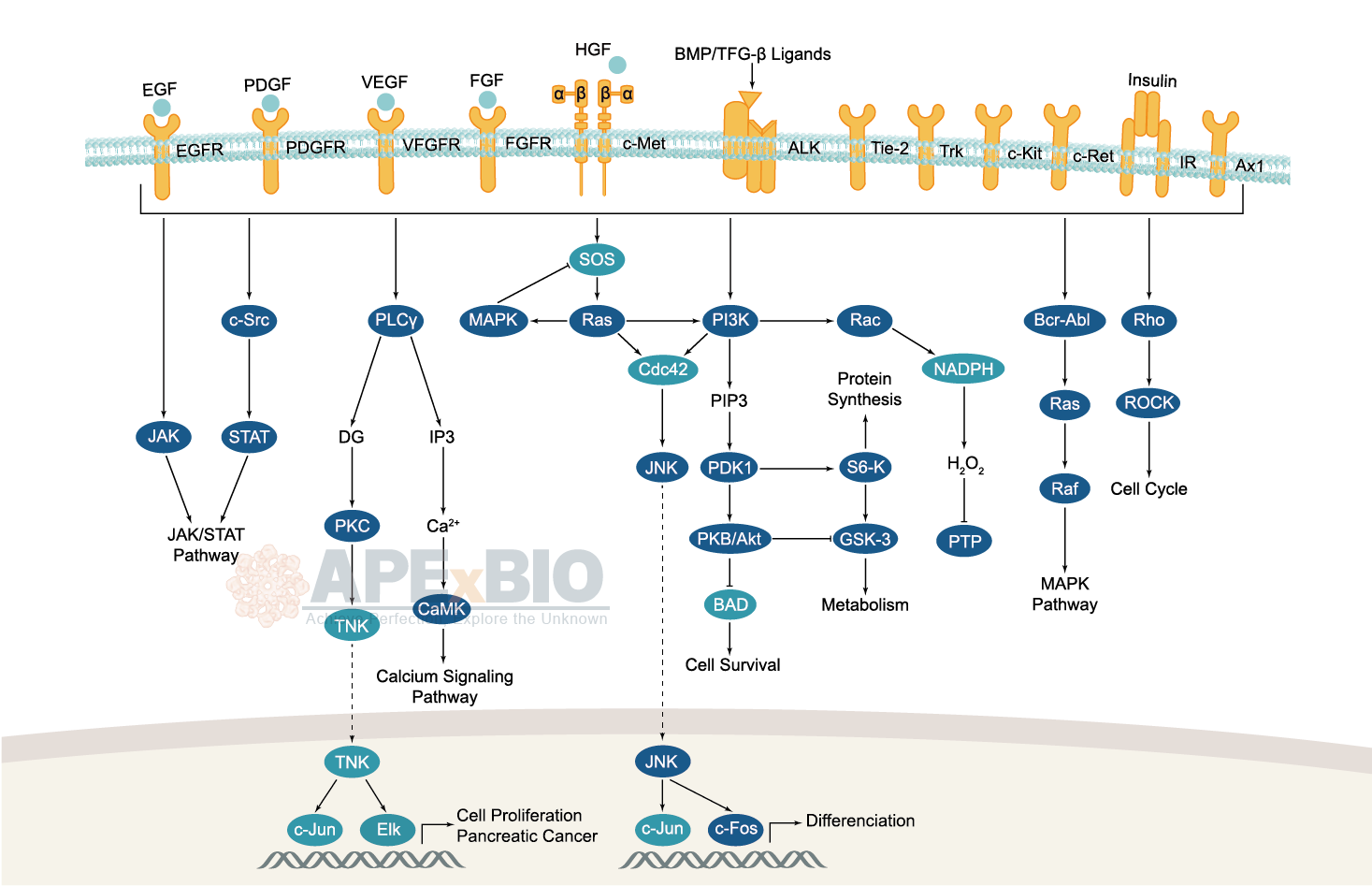
Receptor tyrosine kinases bind to extracellular ligands/growth factors, which promotes receptor dimerization and autophosphorylation of receptor tyrosine residues. This triggers a cascade of downstream events through phosphorylation of intracellular proteins that ultimately transduce the extracellular signal to the nucleus, causing changes in gene expression. Receptor tyrosine kinases include EGFR/ErbB, PDGFR, VEGFR, FGFR and MET subfamilies etc. Dysfunctions in tyrosine phosphorylation are linked to oncogenic transformation. In additions, various adaptor and effector proteins couple to carboxy-terminal of an active kinase. For instance, binding of the GRB2 adaptor protein activates EGFR and MAPK/ERK signaling.
Non-receptor tyrosine kinases involve many well-defined proteins (e.g. the Src family kinases, c-Abl, and Jak kinases) and other kinases which regulates cell growth and differentiation. For example, Src family kinases are curial for activating and inhibitory pathways in the innate immune response.
-
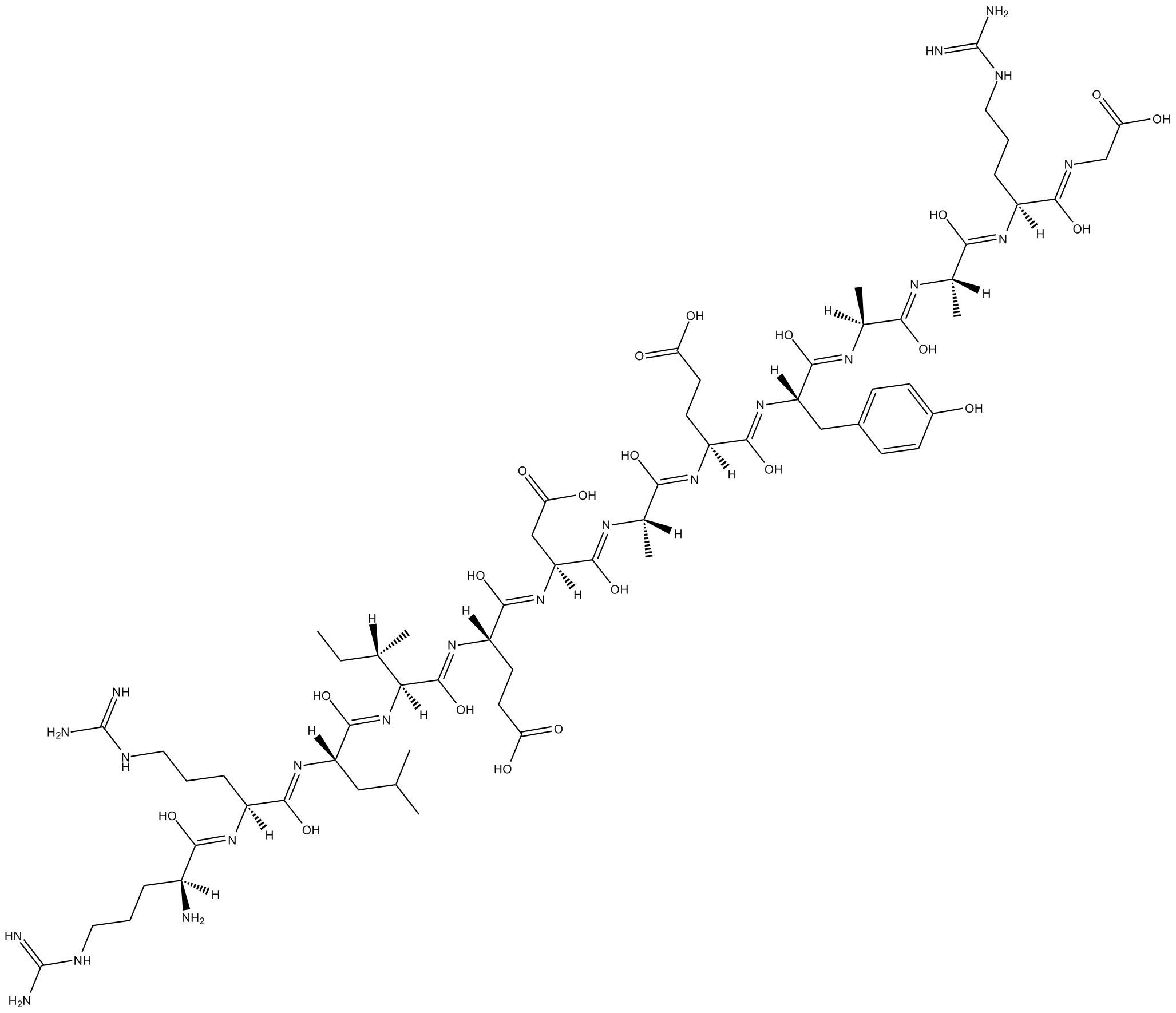 B6619 RR-srcSummary: Tyrosine kinase substrate peptide
B6619 RR-srcSummary: Tyrosine kinase substrate peptide -
 B7407 Insulin (human) recombinant expressed in yeastTarget: Insulin ReceptorsSummary: Endogenous insulin receptor agonist
B7407 Insulin (human) recombinant expressed in yeastTarget: Insulin ReceptorsSummary: Endogenous insulin receptor agonist -
 A2678 SU112742 CitationTarget: METSummary: C-Met inhibitor,potent and selective
A2678 SU112742 CitationTarget: METSummary: C-Met inhibitor,potent and selective -
 A2174 Lenvatinib (E7080)Target: VEGFR|PDGFR|RETSummary: VEGFR inhibitor
A2174 Lenvatinib (E7080)Target: VEGFR|PDGFR|RETSummary: VEGFR inhibitor -
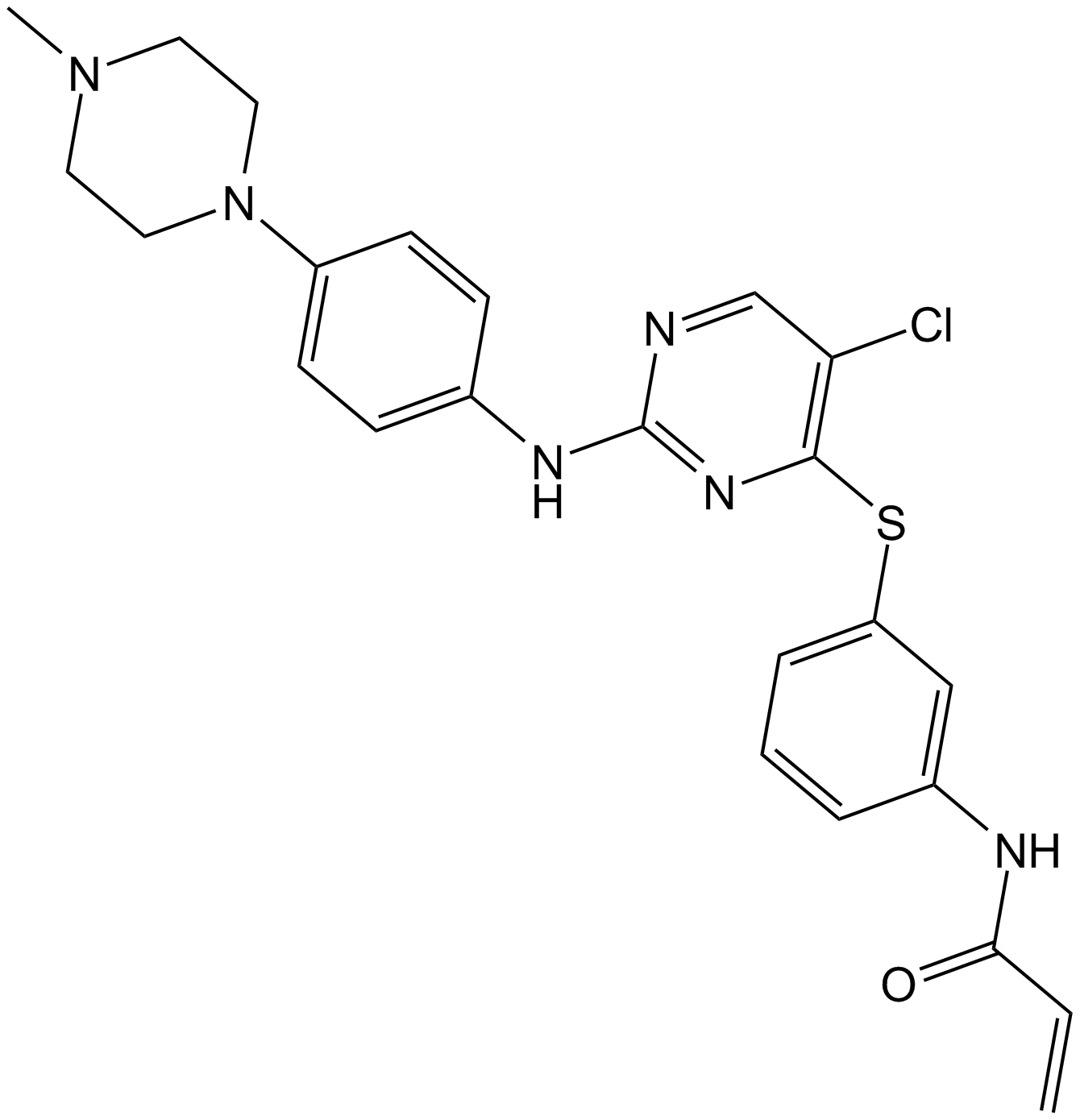 A1393 WZ8040Target: EGFRSummary: EGFR T790M inhibitor,irreversible amd potent
A1393 WZ8040Target: EGFRSummary: EGFR T790M inhibitor,irreversible amd potent -
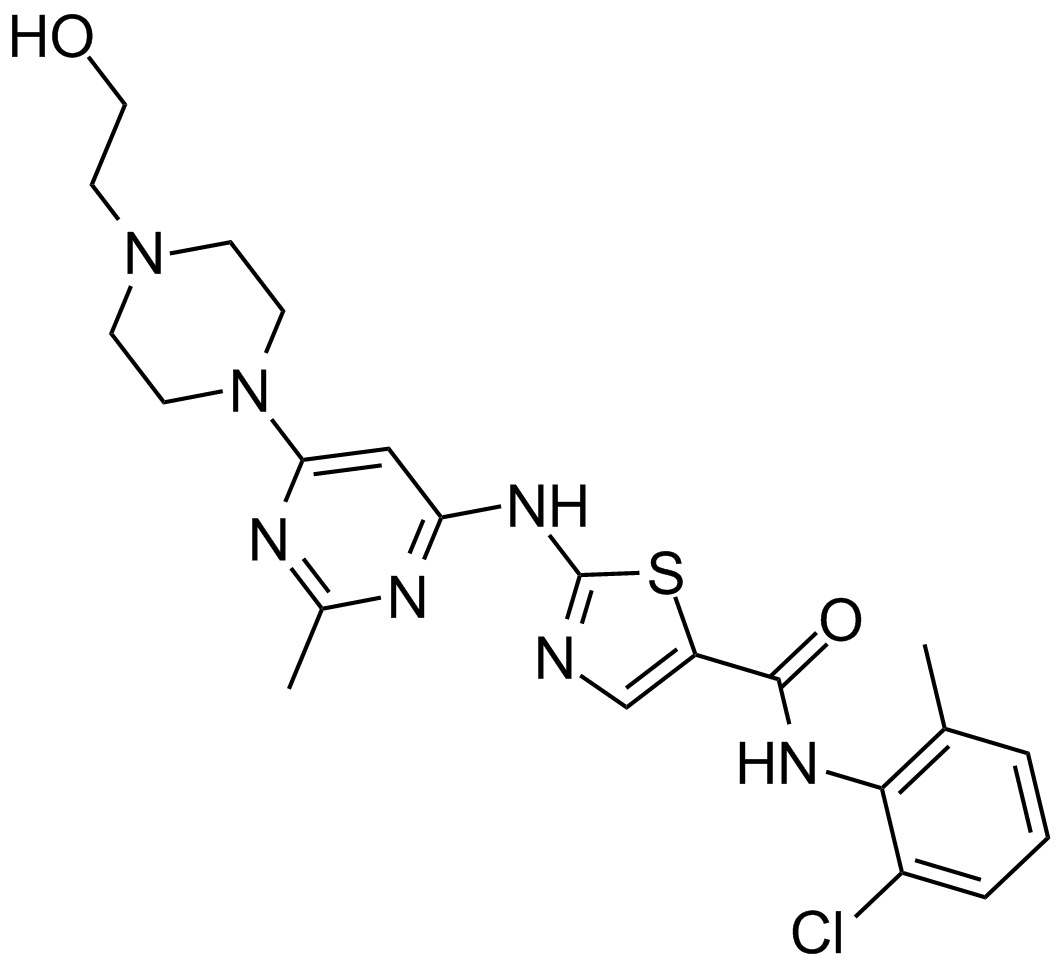 A3017 Dasatinib (BMS-354825)14 CitationSummary: Src and Bcr-Abl inhibitor
A3017 Dasatinib (BMS-354825)14 CitationSummary: Src and Bcr-Abl inhibitor -
 A3145 Afatinib dimaleateTarget: EGFR|HER2Summary: EGFR inhibitor
A3145 Afatinib dimaleateTarget: EGFR|HER2Summary: EGFR inhibitor -
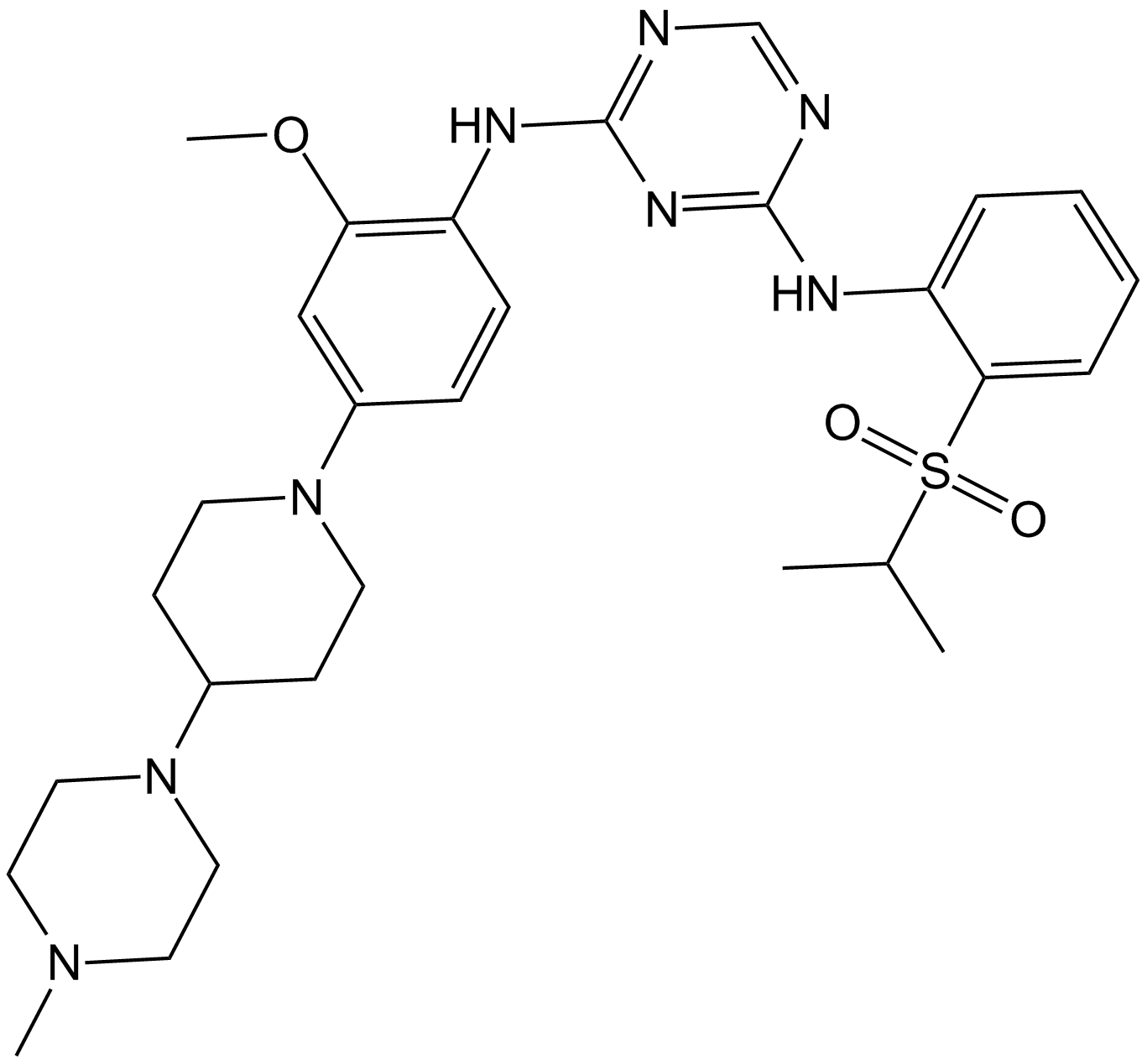 A3193 ASP3026Summary: ALK inhibitor,potent and selective
A3193 ASP3026Summary: ALK inhibitor,potent and selective -
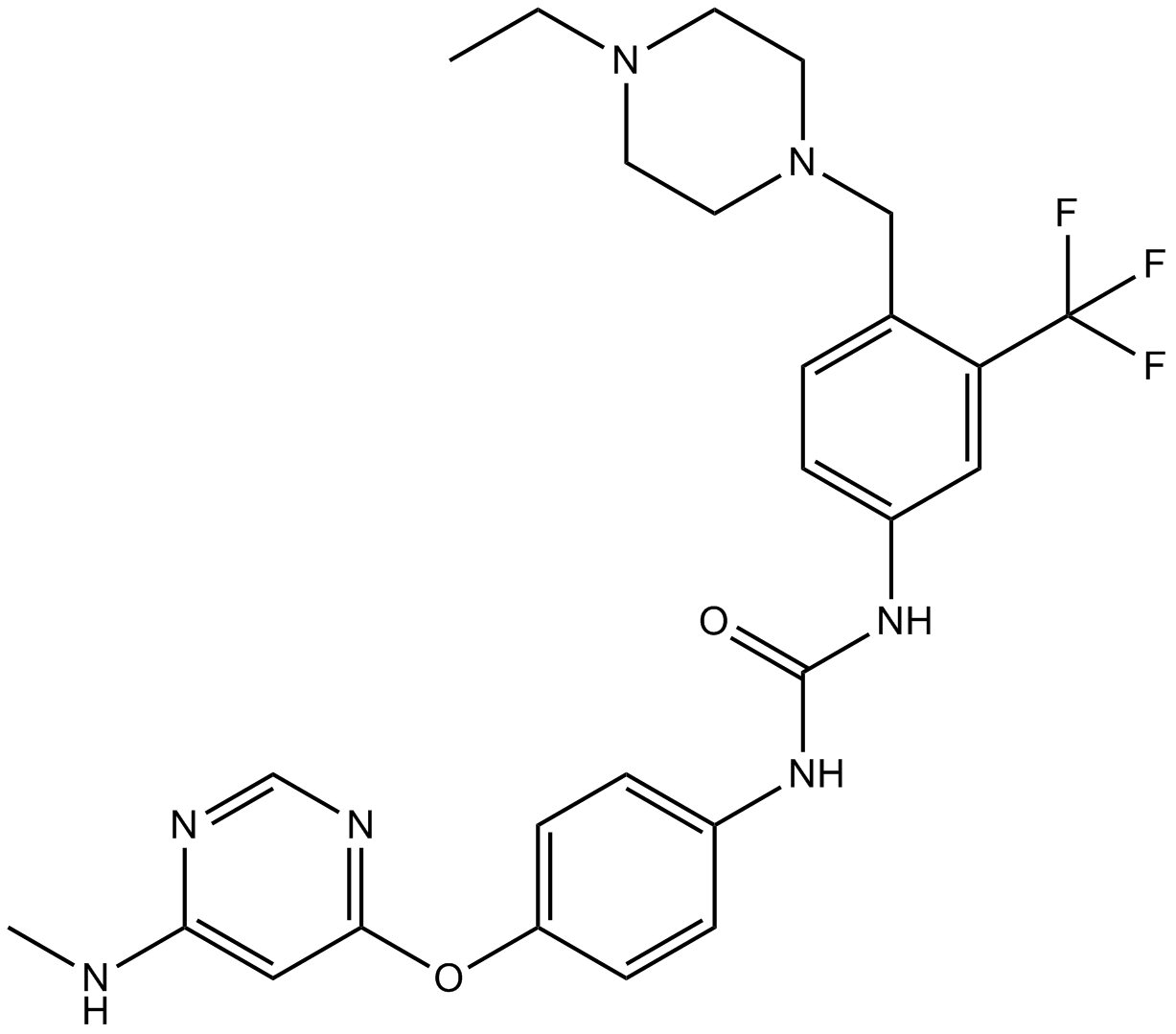 A3194 AST 4871 CitationTarget: RETSummary: RET kinase inhibitor
A3194 AST 4871 CitationTarget: RETSummary: RET kinase inhibitor -
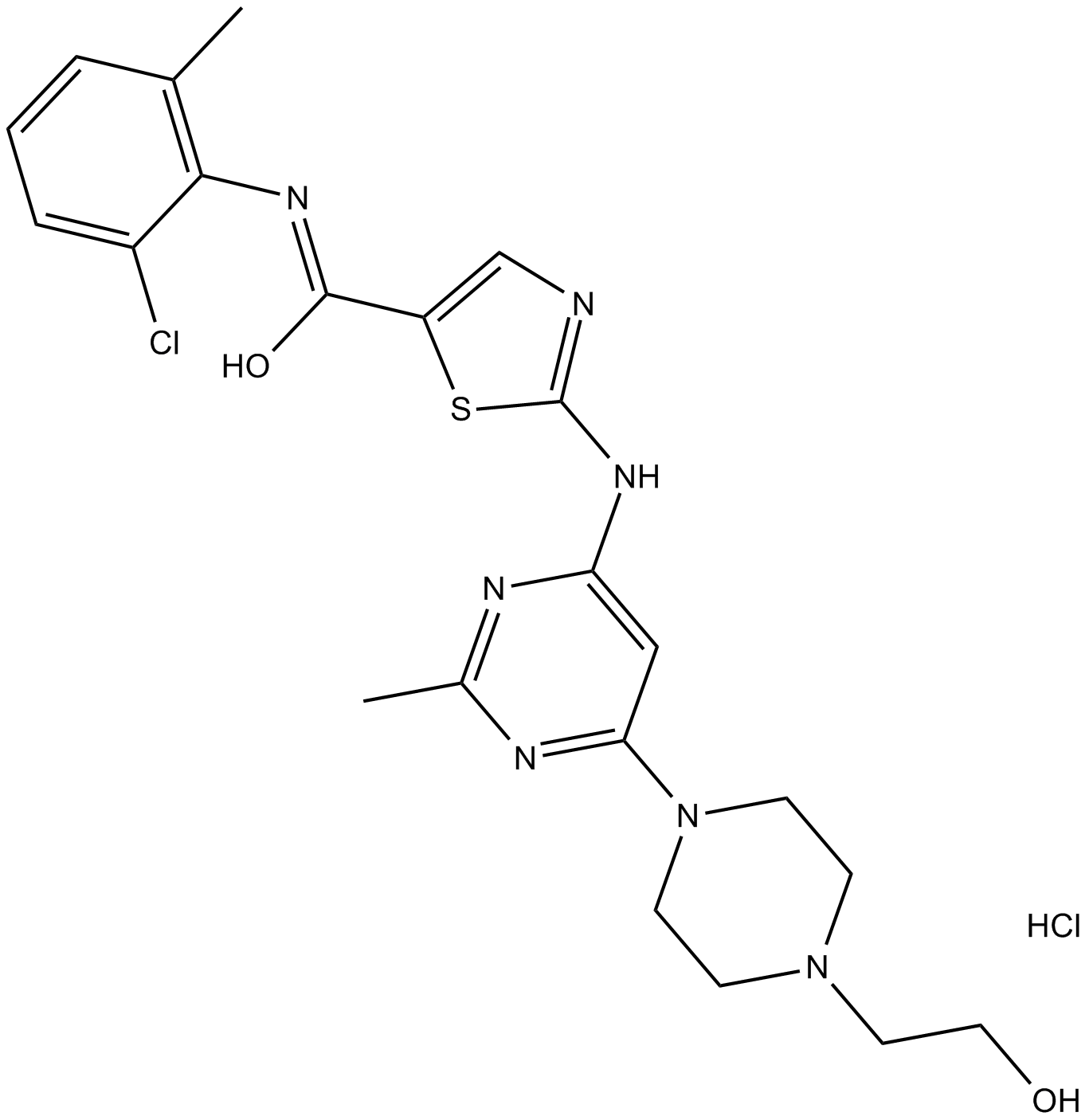 A3351 Dasatinib hydrochlorideSummary: Multi-BCR/Abl and Src kinase inhibitor, oral active
A3351 Dasatinib hydrochlorideSummary: Multi-BCR/Abl and Src kinase inhibitor, oral active

